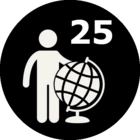Hi,
Our department currently uses 2025.1.1 version of Flow.
Is there a way in FME Flow to identify the database/web connections used by workspaces/workflows without the need to go into automations or schedules to identify them manually?
Ideally, it would be great if can create a dashboard that lists all workflows (across all workspaces) along with the database connections they use. The reason for this request is that multiple offices within our department use FME Flow and have uploaded their own workflows. As a result, we’ve discovered that duplicate database connections have been created by these different teams.
Currently, I have to manually inspect each automation or schedule to identify the workflows and their associated connections. A centralized dashboard would greatly simplify this process and help us enforce standards by identifying and eliminating duplicate database connections.
Any help or ideas is much appreciated!
Thank you,
LS.









